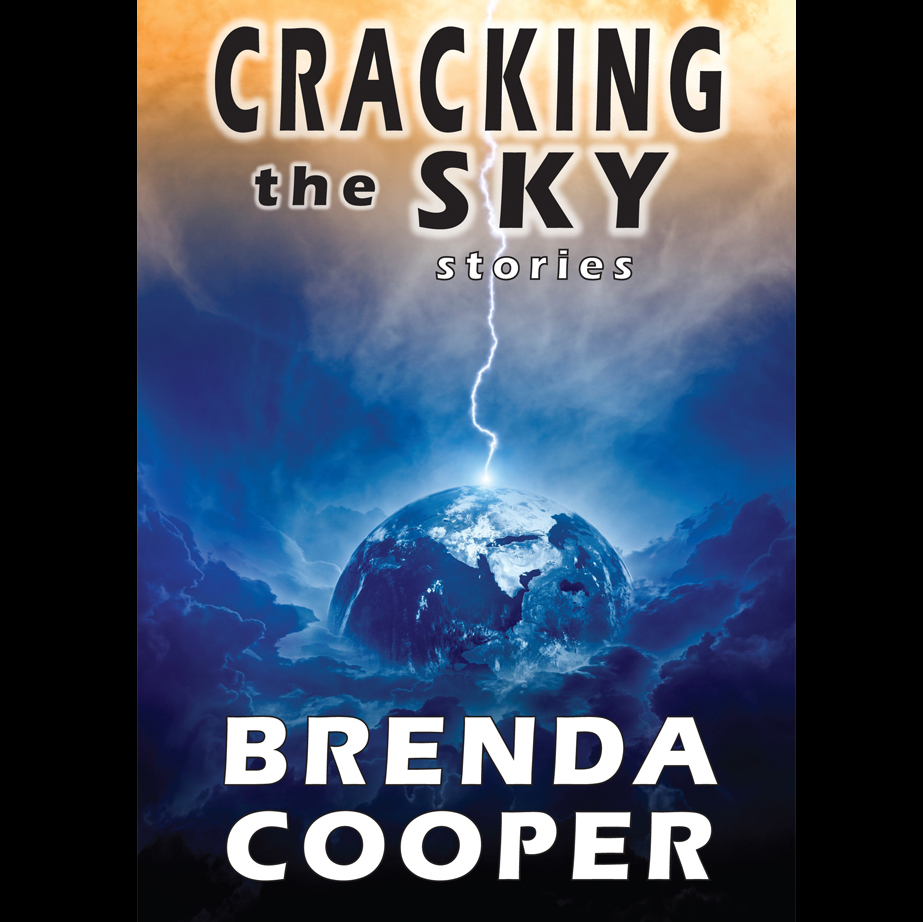 Zachary Jernigan’s debut novel, No Return, is a refreshing blend of literary science fiction and fantasy sure to engross readers of genre fiction. If you are looking for something challenging and original, look no further. No Return’s characters resist archetypes. The story refuses to fall into familiar tropes. Jernigan’s use of lyrical prose and imagery contrasts sharply with an impending sense of violence throughout. He has a voice that demands to be heard, and I’m betting he’ll have a strong career ahead of him.
Zachary Jernigan’s debut novel, No Return, is a refreshing blend of literary science fiction and fantasy sure to engross readers of genre fiction. If you are looking for something challenging and original, look no further. No Return’s characters resist archetypes. The story refuses to fall into familiar tropes. Jernigan’s use of lyrical prose and imagery contrasts sharply with an impending sense of violence throughout. He has a voice that demands to be heard, and I’m betting he’ll have a strong career ahead of him.
(LISTEN to Zachary discuss how his MFA at Stonecoast helped him write No Return.)
First, No Return’s cover can’t be complimented enough. It reflects the tone of the book perfectly. This story doesn’t pull any punches—it’s brutal and unapologetic, and the cover art captures this. The art director over at Night Shade Books did an incredible job. The cover alone ought to convince readers this book is worth their time.
On the surface, No Return is an adventure story, telling of the journey of three characters—Vedas, a warrior priest, Berun, a mechanical man, and Churls, a woman who can see the ghost of her deceased daughter—on their way to a martial combat tournament. Vedas, described as “A man who will upset the balance” by Berun’s master, is the central focus of the group. He has the potential to change the world, if he can claim victory at the tournament. His traveling companions, however, might not want Vedas to succeed.
The journey of Vedas, Berun, and Churls helped drive the pace forward from the stationary aspect of the first few chapters. Jernigan’s prose is beautiful, but very dense. Paragraphs were often reread in order to keep the story clear, and this led to a slower turning of pages. In this way, No Return is definitely not for the casual reader. That said, the battle scenes were quick and brutal. Jernigan has the ability to write tight and straightforward when he wants to:
“Cartilage crunched satisfyingly under his sole. The giant’s roar became a gurgle and then a wheeze as Vedas landed in a crouch beside his head. Vedas dropped the grapple and rolled clear before the giant could attack again—but he knew even before completing his turn that the man was finished, dead or in great need of medical assistance.”
The bigger story of No Return is about a world in danger of annihilation, and its true heart is about the struggle between man and his god. Adrash dwells above Jeroun amidst the stars. He crafts massive metal spheres in orbit around Jeroun to use as WMD’s. Mankind has had to watch for millennia as the pattern of spheres changes ominously above them in the sky. Factions have formed across the continent on which the story takes place, the Adrashi believing their god will save the world, and Anadrashi believing Adrash means to destroy everything. And then there are the Outbound Mages: powerful magic users who travel into orbit to watch Adrash as he decides Jeroun’s fate. The most powerful among them even try to kill Adrash before he kills them. These are the meatier parts of No Return. Jernigan’s literary style is more evident during these sections of the story, but it’s hard to tell if he’s drowning in the deep end, or swimming laps with the pros. His style reads more like a Malazan Book of the Fallen novel, than a debut. It would have been nice if No Return had been several hundred pages longer so that readers could dig deeper into its mysterious and fascinating world.
Reading No Return was work—it took several weeks to make it through to the end. A page-turner it is not. However, it’s good to be challenged every once in a while by a novel, and to be reminded that literary fiction isn’t bad—only different. Readers will not be disappointed with the time they spend in No Return’s pages. Hopefully Jernigan writes a sequel. Four or five of them would be better. Jeroun is a world that begs to be explored.
Stay tuned for Zachary Jernigan’s short story in the upcoming anthology, Manifesto UF, to be published by Angelic Knight Press September 1, 2013.
—————————————————————————————————————————————————
Review by Jordan Ricks
Bio:
Jordan started reading genre fiction when Goosebumps hit the shelves during the third grade. He picked up a copy of Ender’s Game a few years later, and then read all six original Dune novels in quick succession. He’s been devouring all things speculative ever since. Thanks to all the reading, the writer bug caught him at a young age–now he just has to learn how to finish writing what he starts. Jordan attended Orson Scott Card’s Writing Class in 2007, and David Farland’s Death Camp in 2009. One day he will finish his college education, and then go on to rule the world. For the time being, he slaves away in a frame shop in Utah, gold-leafing picture frames for artists and designers around the world. When not working for the man, Jordan spends his time at home with his wife and two kids. He usually has an audiobook playing in his ear.
You can catch him on his blog every once in a while at www.jordanricks.blogspot.com, and on twitter @jrdnricks.

















Speak Your Mind